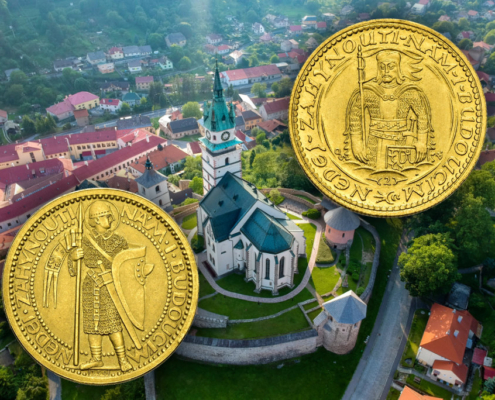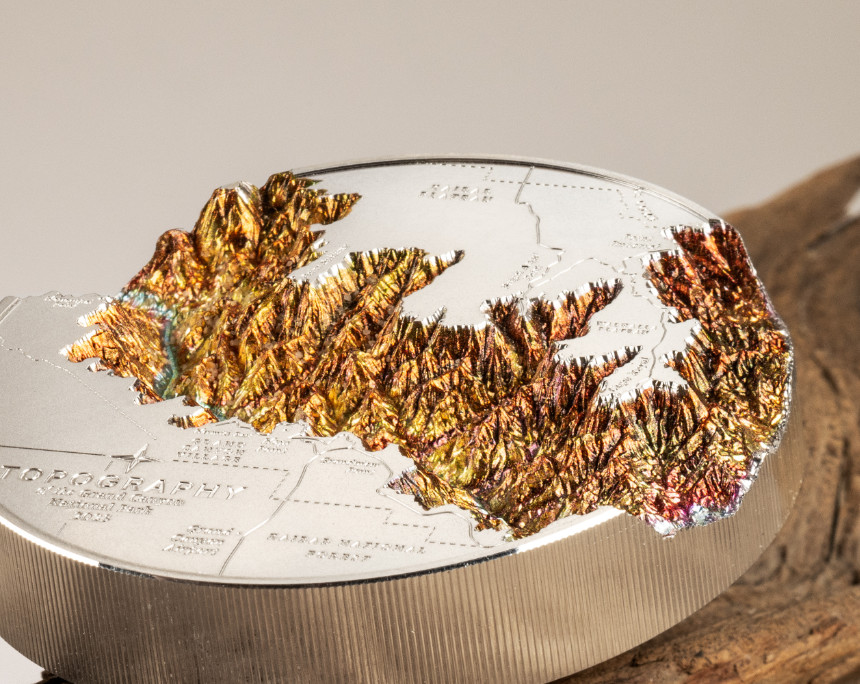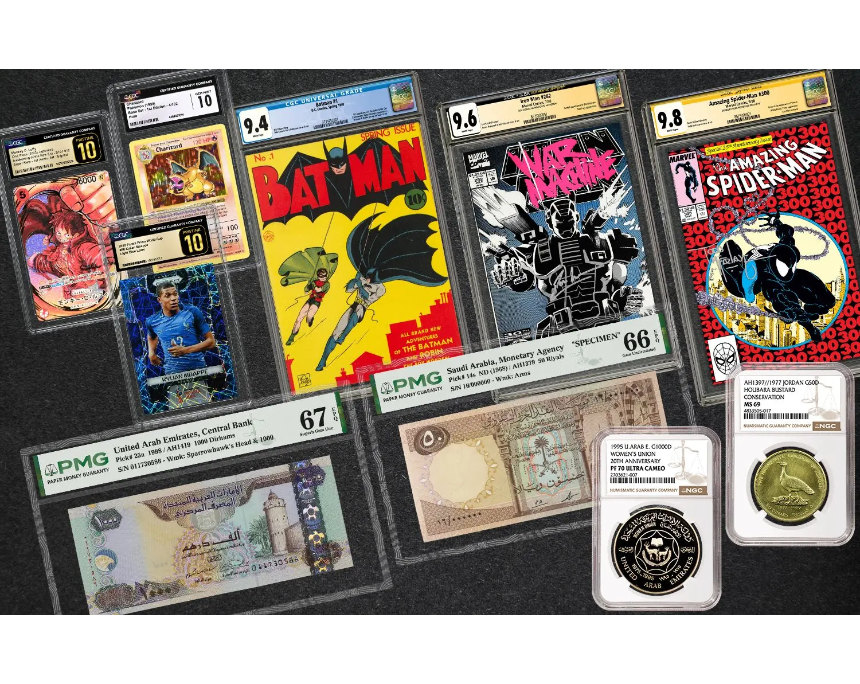1/2 Reichstaler 1621,
under Wilhelm V of Hesse-Kassel as administrator.
Condition: ef+


city of Besançon,
3 Pistols 1666 with title Charles V.
Condition: CH UNC

Bavaria, Chaise d'or (imperial shield)
1328-1347 under Emperor Louis IV.
Condition: ef

Reichstaler 1654-1668
under Count Guidobald von Thun.
Condition: vf-ef

Solidus (491-518)
under Anastasius the righteous.
Condition: vf-ef

Archive: People and Markets
CIT’s Topography – Grand Canyon
Those who take this Grand Canyon coin in their hands for the first time, will find it hard to believe how detailed it replicates the relief of the Grand Canyon. With this issue, CIT and B. H. Mayer’s Kunstprägeanstalt demonstrate that an ultra-high relief can also be turned into an ultra-low relief.
Certified Collectibles Group Opens Office in Dubai
The Certified Collectibles Group has opened an office in Dubai. Collectors and dealers in the Middle East now have easier access to expert authentication, grading and encapsulation services provided by NGC, PMG, CGC and JSA.
Archive: Coins, Medals and more

The First Years of Czechoslovak Coinage
SINCONA will auction off an impressive collection of Czechoslovak patterns. The offer includes a pattern for the Wenceslas Ducat of which only two specimens exist. Moreover, the sale features the very specimen of the Wenceslas Ducat that President Mazaryk gave to the family of the murdered Finance Minister Rašín.

Cleaning, Patina, Verdigris etc.: Which Errors Affect the Price of a Coin? – Part 2
The price of a coin does not only depend on its rarity and quality. In the second part of our overview we will talk about wear and tear, cleaning and the consequences of environmental processes.















Coin Hoard Gives Fascinating Insight Into Life Before the Glencoe Massacre
Hidden underneath a stone fireplace of a house in Glencoe, Scotland, a pot with silver coins was recently discovered. They were minted in the years shortly before the infamous Glencoe massacre of 1692. Was the person who buried these coins among the victims of the treacherous clan slaughter in the Highlands?
The Numismatic Index on 11 May 2023
The numismatic index numindex transparently shows how the prices of selected coins change over time. In the style of a stock index, it was designed for collectors who consider their collection an investment. Find out about the current state of the index.